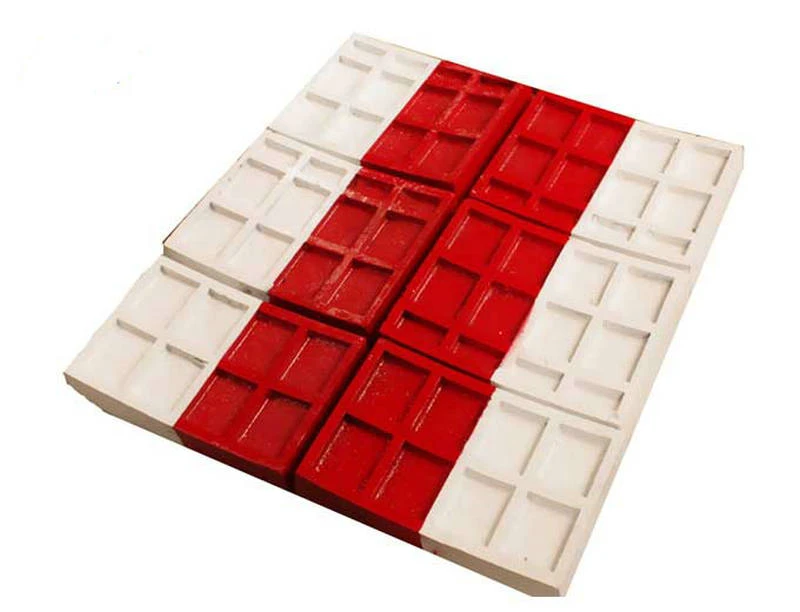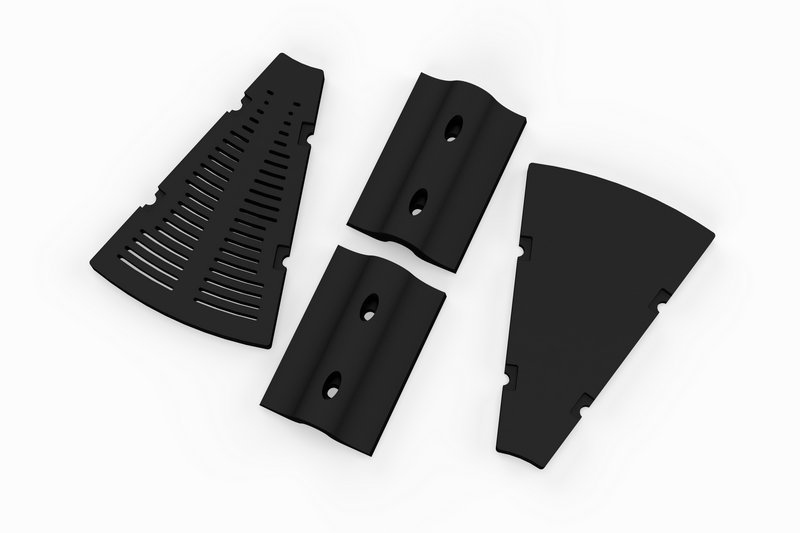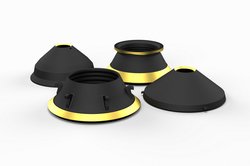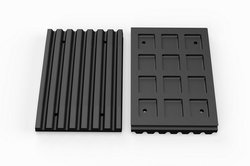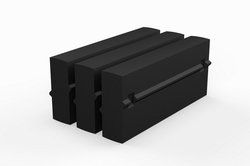Introduction
Ball Mill liners are a major cost in mill operation, and efforts to prolong liner life are constantly being made. There are many types of wear-resistant alloys used for ball-mill linings, the more abrasion-resistant alloys containing large amounts of chromium, molybdenum, and nickel being the most expensive.
Shell liner shape
The following factors should be considered when choosing a shell lining, type of grinding, mill size and speed, maintenance schedules, safety, impact levels, efficient use of materials, etc.
Shell liners have variety of lifter shapes, they provide lifting action and to add impact and crushing, the most common shell liner shapes as follows
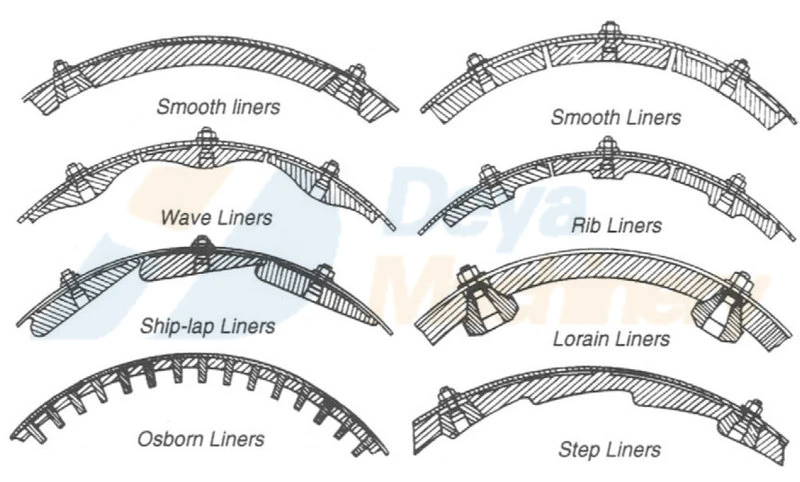
Features
●Improved sustainability, long-lasting, high-performing liners designed with sustainability and safety as top priorities
●Increased uptime, shorter and fewer maintenance stops
●Lower maintenance costs, reduced cost of operation, quick and easy maintenance
●Optimized throughput, maximized yearly production
Sort of liners inside a ball mill
●Head linings, the feed end inner head liner protects the inner ring of the mill feed head against ball and ore impacts, abrasion, etc.
●Shell linings, the shell lining has a major influence on grinding efficiency. It transforms the mill rotation into charge motion and both profile and spacing must be carefully selected to suit each specific mill.
●Throat Liner, the throat liner is located in the throat of the mill head and can be incorporated with the inner head liner.
●Grate, installed on the head ends for materials passing
●Discharge Head Liner, the discharge head liner protects the mill discharge head against ball and ore impacts, abrasion, etc.
Magnetic metal liner
To avoid the rapid wear of rubber liners, a new patented technology for a magnetic metal liner has been developed by Deya Machinery.
The magnets keep the lining in contact with the steel shell and the end plates without using bolts, while the ball "scats" in the charge and magnetic minerals are attracted to the liner to form a 30-40mm protective layer, which is continuously renewed as it wears.
Another advantage of the magnetic metal liner is that as the liners are thinner and lighter than conventional manganese steel, the effective mill volume is larger, and the mill weight is reduced.
An 11.3% decrease in mill power draw at the same operational conditions has been realised in a 2.7m x 3.6m ball mill by using the magnetic metal liner.
